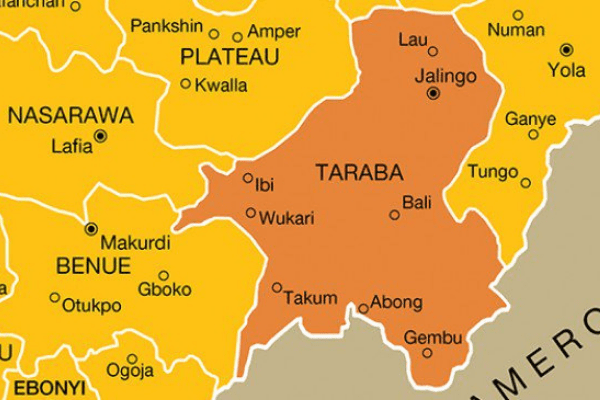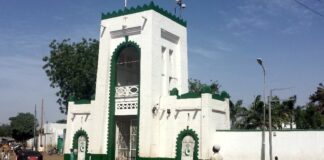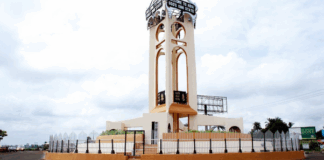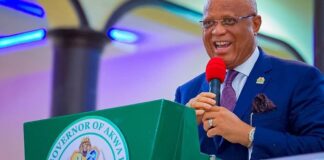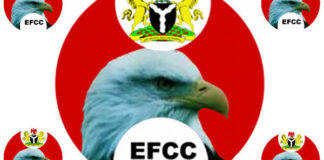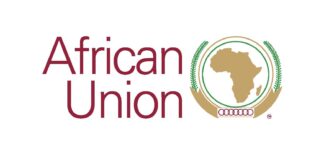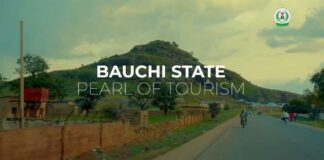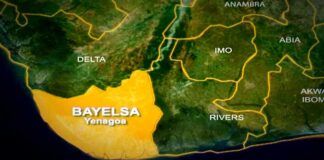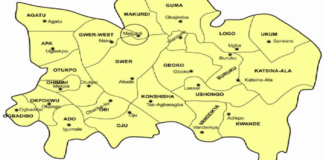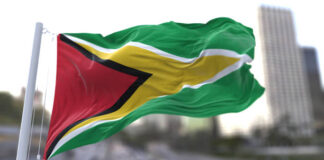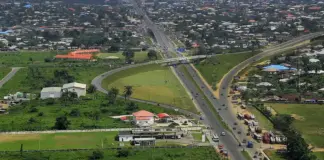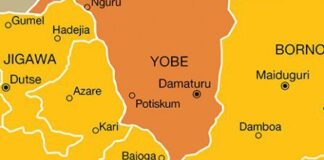By 2025, the estimated population of Taraba State is projected to reach approximately 3.93 million. This marks an 8.9% rise from the 2022 population figure of 3,609,800. With an annual growth rate of 2.9%, the state continues to witness a steady increase in its population.
Table of Contents:
Historical Growth of Taraba State’s Population
Situated in northeastern Nigeria, Taraba State was officially established on August 27, 1991, under the military regime of General Ibrahim Babangida. The state was carved out from the southwestern region of the former Gongola State to enhance governance and accelerate development.
Taraba derives its name from the Taraba River, which flows through the state, providing both economic and agricultural benefits to its residents. The state capital, Jalingo, has grown into a significant administrative and economic hub.
Historically, Jalingo gained prominence in 1892 when it was designated as the headquarters of the Emirate under Alhaji Abubakar Muhammadu Nya. Over time, Taraba has become one of Nigeria’s most ethnically diverse states, housing over 80 distinct ethnic groups and more than 70 spoken languages.
At the time of its creation in 1991, Taraba’s population was estimated at around 2.5 million. However, the 2006 national census recorded approximately 2.3 million people, a figure that some analysts argue was likely underreported due to challenges in accessing remote settlements.
Between 2006 and 2022, the population grew at an average rate of 2.9% annually, reaching an estimated 3,609,800 by 2022. This growth is largely attributed to a high birth rate and a young demographic structure, where births significantly outnumber deaths.
Projections suggest that by 2025, Taraba’s population will reach approximately 3.93 million, signifying continued demographic expansion. The combination of a youthful population and high fertility rates remains a major factor influencing this upward trend.
Population Distribution Across Taraba State’s Local Government Areas
| No | Local Government Area | Population Projection (2025) |
|---|---|---|
| 1 | Ardo-Kola | 150,400 |
| 2 | Bali | 361,600 |
| 3 | Disputed Areas | 34,200 |
| 4 | Donga | 228,000 |
| 5 | Gashaka | 149,300 |
| 6 | Gassol | 419,600 |
| 7 | Ibi | 144,300 |
| 8 | Jalingo | 240,300 |
| 9 | Karim-Lamido | 332,200 |
| 10 | Kurmi | 156,300 |
| 11 | Lau | 162,900 |
| 12 | Sardauna | 384,000 |
| 13 | Takum | 230,300 |
| 14 | Ussa | 155,800 |
| 15 | Wukari | 406,900 |
| 16 | Yorro | 154,100 |
| 17 | Zing | 218,600 |
Demographics of Taraba State
Age Distribution
| Age Group | Percentage | Population Estimate |
|---|---|---|
| 0–14 years | 41.7% | 1,638,510 |
| 15–64 years | 54.9% | 2,157,270 |
| 65 years and above | 3.3% | 129,220 |
Gender Distribution
| Gender | Population Estimation |
|---|---|
| Female | 1,996,500 |
| Male | 1,933,500 |
Ethnic Composition
| Ethnic Group | Population Estimate |
|---|---|
| Fulani | 800,000 |
| Jukun | 700,000 |
| Mambilla | 600,000 |
| Mumuye | 500,000 |
| Tiv | 400,000 |
| Kuteb | 300,000 |
| Others (40+ groups) | 630,000 |
Urban vs. Rural Population
| Area | Percentage | Population Estimate |
|---|---|---|
| Urban | 16.2% | 636,360 |
| Rural | 83.8% | 3,293,640 |
